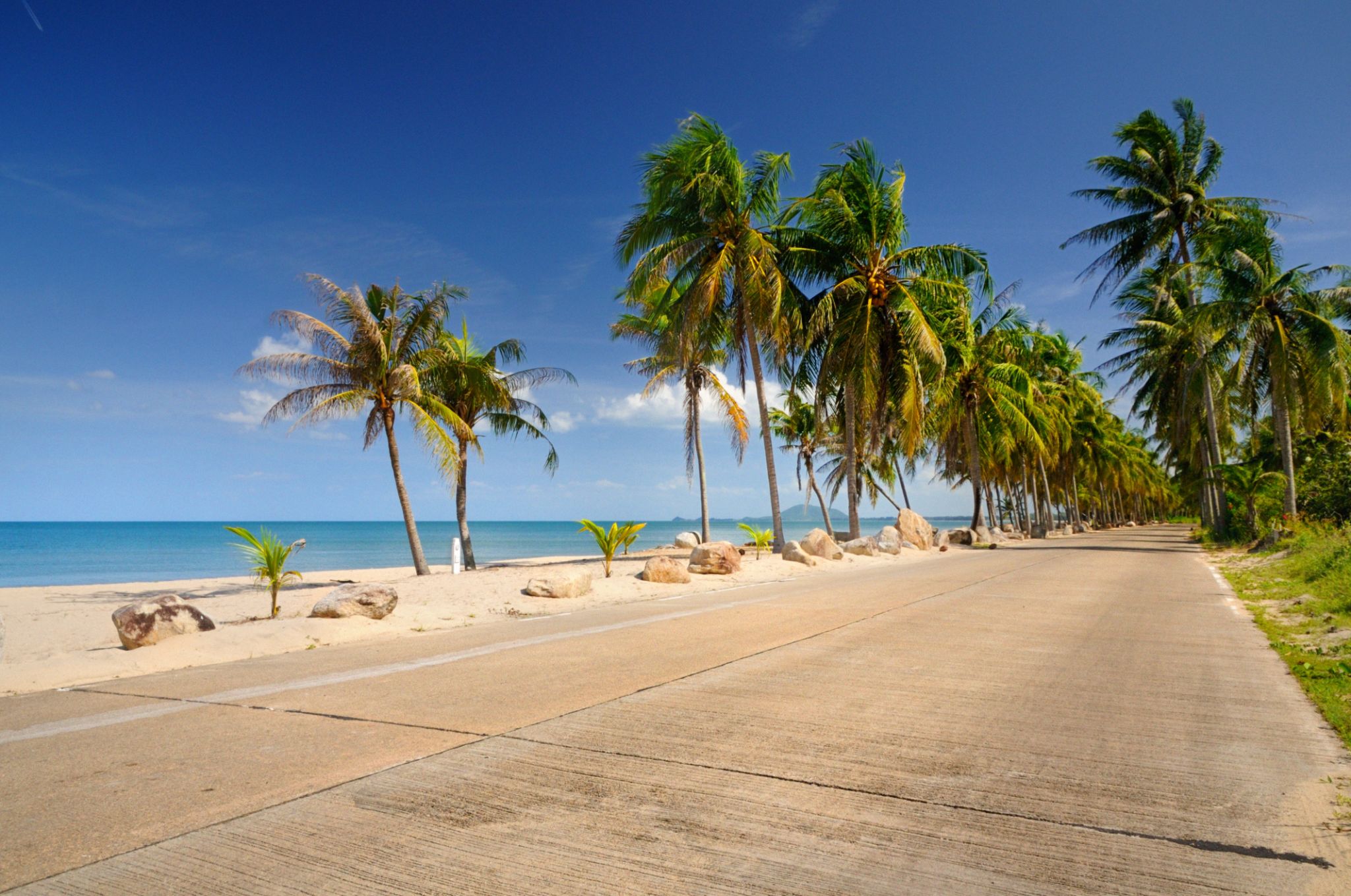Top Road Construction Materials: Choosing the Best for Fiji's Climate
KT
Understanding Fiji's Unique Climate
Fiji, an archipelago in the South Pacific, is known for its tropical marine climate. The weather is typically warm and humid, with a distinct wet season from November to April and a dry season from May to October. These climatic conditions play a significant role in determining the most suitable road construction materials. Builders must consider factors such as rainfall, temperature fluctuations, and humidity when selecting materials to ensure durability and longevity.
Choosing the right road construction materials can help mitigate damage from heavy rainfall and prevent road degradation due to high temperatures. In this blog post, we will explore some of the top road construction materials ideal for Fiji's climate.

Asphalt: A Popular Choice
Asphalt is one of the most commonly used materials for road construction worldwide, and it is particularly suitable for Fiji's climate. Its flexibility allows it to withstand temperature changes without cracking. Moreover, asphalt roads are known for their ability to handle heavy rainfall, as they have excellent water drainage properties.
Another advantage of asphalt is its quick installation process, which minimizes disruptions during road construction. This rapid placement can be especially beneficial during the dry season when construction activities peak. Additionally, asphalt is relatively low-cost compared to other materials, making it an economically viable option for large-scale projects.
Concrete: Durability and Strength
Concrete is another robust option for road construction in Fiji. Known for its strength and durability, concrete can withstand heavy loads and extreme weather conditions. It is particularly resistant to water damage, making it suitable for areas prone to flooding during the wet season.
One of the key benefits of concrete roads is their longevity. Although they may cost more upfront compared to asphalt, their longer lifespan can result in lower maintenance costs over time. Moreover, concrete's reflective surface can help reduce heat absorption, a valuable feature in Fiji's warm climate.

Gravel Roads: Cost-Effective Solutions
In rural or less-trafficked areas of Fiji, gravel roads offer a cost-effective alternative. Gravel is readily available and easy to install, making it an ideal choice for regions with limited budgets. Additionally, gravel roads can be quickly repaired after heavy rains, ensuring continuous accessibility.
While not as durable as asphalt or concrete, gravel roads provide sufficient flexibility to adapt to shifting ground conditions caused by heavy rainfall. Regular maintenance such as grading and adding fresh gravel can extend their usability.
Geotextiles: Enhancing Road Performance
Incorporating geotextiles into road construction is an innovative technique that improves road durability and performance. Geotextiles are permeable fabrics that reinforce the soil structure and facilitate drainage, which is crucial in preventing water accumulation on road surfaces.
Using geotextiles can reduce soil erosion and increase the lifespan of other materials like asphalt and gravel. This makes them particularly beneficial in areas with significant rainfall or unstable soil conditions. Geotextiles can also help in minimizing maintenance costs by preventing common issues such as potholes and surface cracks.

Conclusion: Making Informed Choices
Choosing the right road construction materials for Fiji's climate involves considering environmental factors and project-specific needs. While asphalt and concrete are popular choices due to their durability and performance, options like gravel roads offer cost-effective solutions for rural areas.
The integration of modern techniques like geotextiles can further enhance road longevity and reduce maintenance efforts. By understanding the unique challenges posed by Fiji's climate, builders can make informed decisions that lead to sustainable and resilient infrastructure development.
